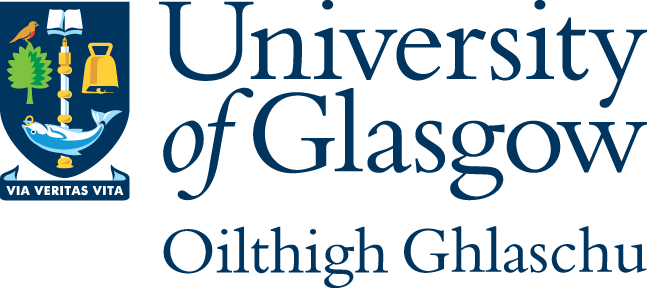
A Community Survey Report
Gaelic in Glasgow
A research report, published in 2024, presented the results of a survey taken in 2021 as part of research on the Gaelic community in Glasgow undertaken by Glasgow City Council and the University of Glasgow. The survey aimed to understand the use of Gaelic in the city, and to gauge people’s opinions on provision for the language and how this might be improved.
The report highlighted the diversity of profiles of respondents, as well as the varying ways in which speakers and learners of Gaelic in Glasgow engage with and use the language. A high proportion of respondents were aged between 35-44, and two thirds of respondents were women. The surveyed population was highly qualified and showed high rates of employment, and were overwhelmingly resident in the Glasgow postcode area.
25% of respondents reported being raised in a Gaelic-speaking household, with 41% of those also reporting being raised in a Gaelic-speaking community. About one-third of respondents identified as either native or fluent Gaelic speakers. Of those raised in a Gaelic-speaking household, or a Gaelic-speaking household in a Gaelic-speaking community, under half identified as native speakers, about one quarter identified as fluent speakers and just over one-tenth described themselves as lapsed native speakers.
With regards to engagement with Gaelic, the majority of respondents reported that they attend Gaelic events in Glasgow either weekly (22%) or periodically throughout the year (46%). Some of the most frequent users of Gaelic were parents/carers of a child in Gaelic education. Additionally, the frequency with which learners reported using Gaelic with friends increased substantially with proficiency. Conversely, the less proficient a speaker reported being, the higher their reported frequency of Gaelic usage in a Gaelic class. However, former GME students in this survey reported less frequent Gaelic usage in almost all contexts than fluent and native speakers as a whole.
The report also shed light on some areas of concern felt by Glasgow’s Gaelic community, and opportunities for development for the language in the city. Many respondents reported concern at a perceived lack of usage of the language by young people and in informal settings. Greater opportunities for use of the language by young people in casual settings would therefore be of interest. Many respondents would also like to see greater promotion of Gaelic in the city, in the form of raising awareness and encouraging uptake, and a greater visual presence of Gaelic. Expansion of educational opportunities for adults and children also sees consistent support.
The following were areas that were consistently of highest interest to respondents:
Visible Gaelic signage.
Gaelic television.
Hospitality sites featuring Gaelic.
Traditional music and social events.
A dedicated physical space/s for Gaelic events and activities.
Online learning resources.
The above therefore represent opportunities for development of Gaelic in Glasgow that may be of greatest interest to its users. For example, a consistent preference for a dedicated website as a method of engagement with Gaelic activities was manifest in survey responses. There is also a perception that a dedicated physical space for Gaelic in Glasgow, currently considered lacking, would be of benefit. This may feed into the development of a ‘Gaelic community’ in Glasgow, whose lack was felt by survey respondents with a higher proficiency in Gaelic.
In summary, the survey identified a diversity of backgrounds and experiences of speaking Gaelic in Glasgow. Overall, participants agreed on the need for more provision in the following areas:
More visibility of Gaelic in the city.
More informal spaces.
Increased support for education.
A physical space for Gaelic.
A dedicated website to centralise all Gaelic activities taking place in the city.
